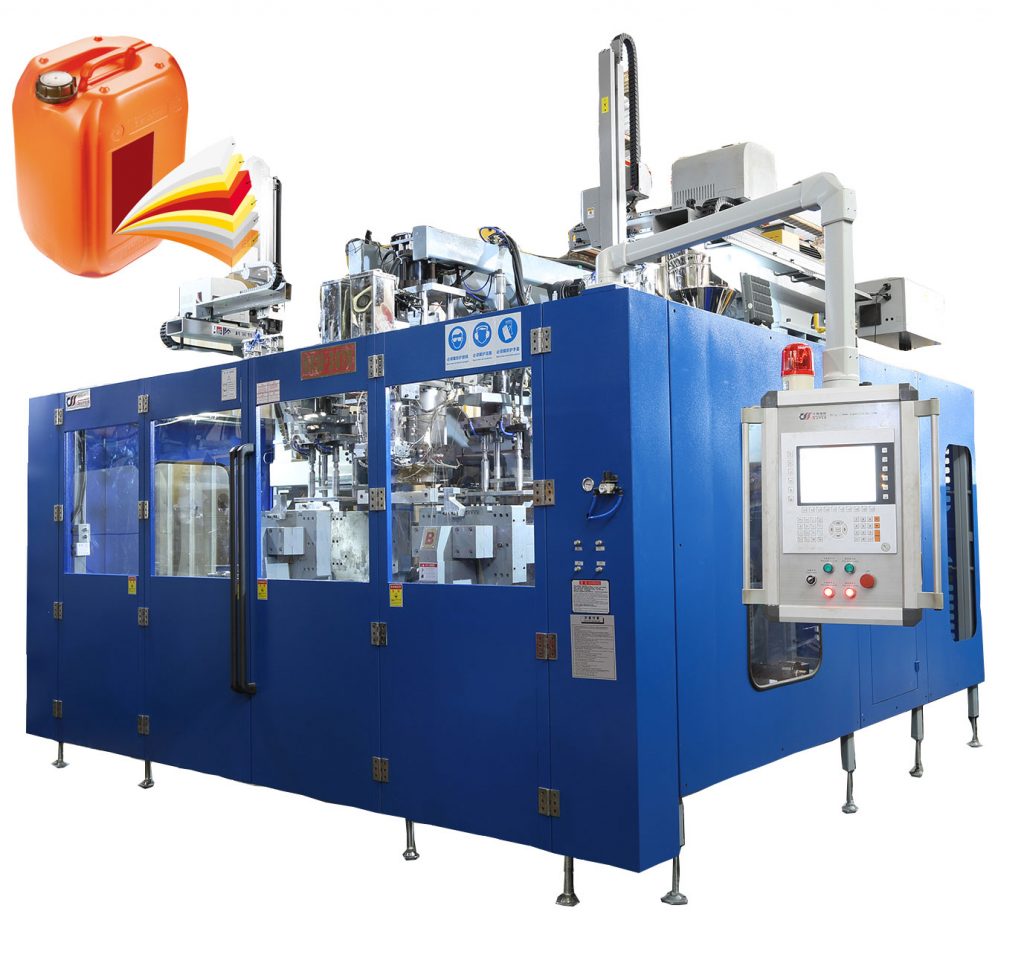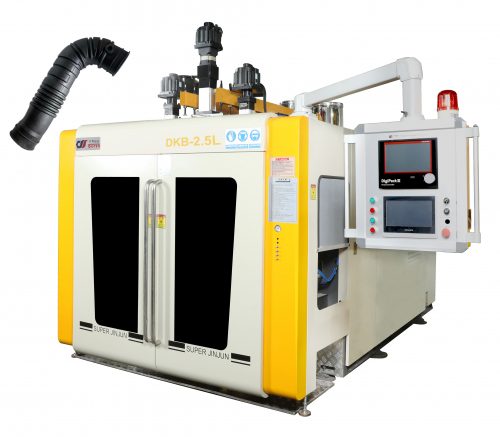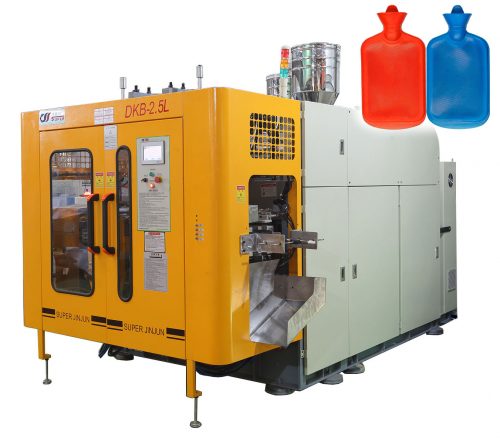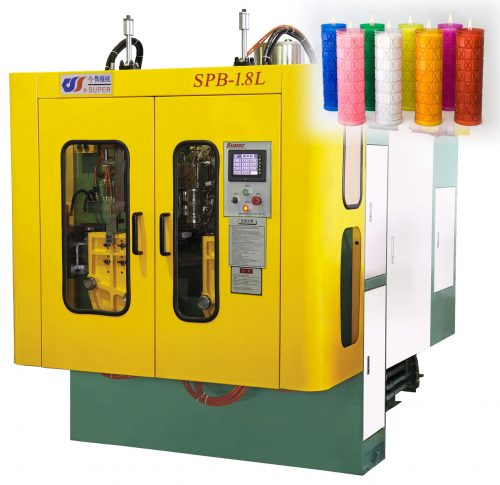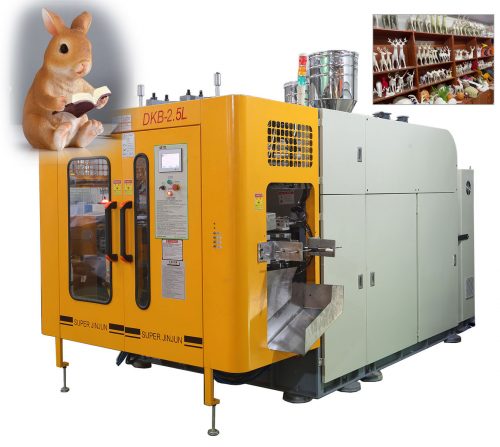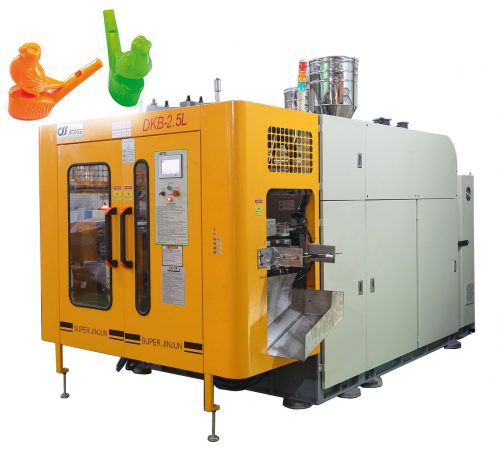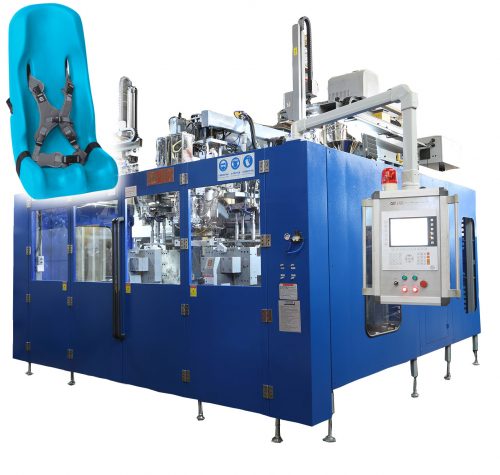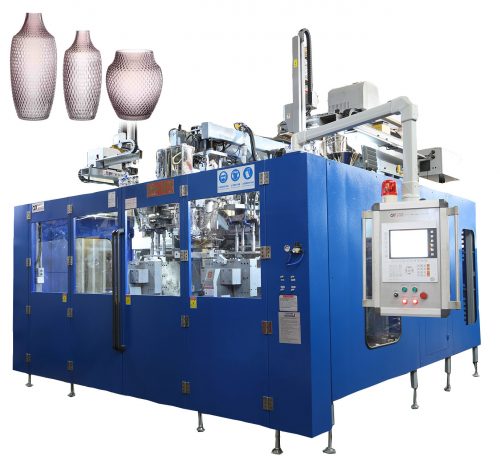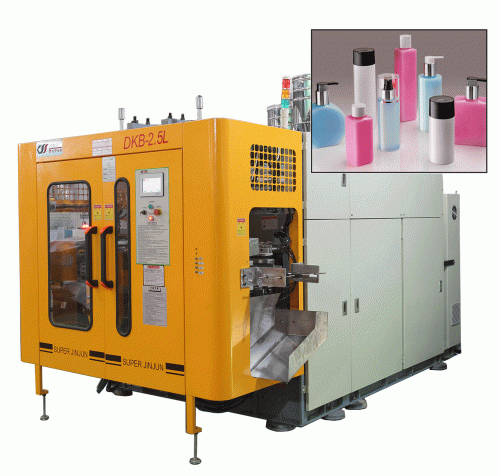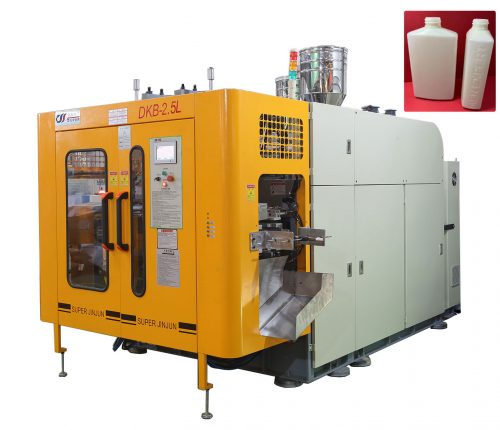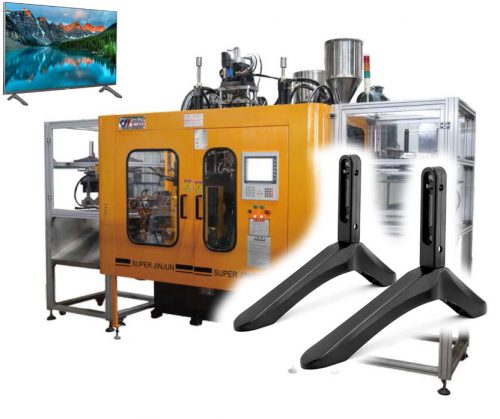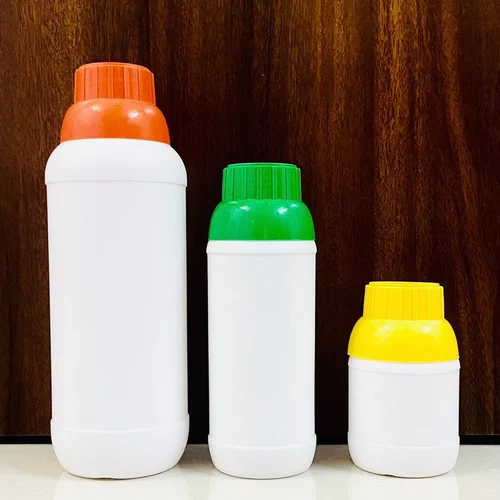
A 5 layer co-extrusion herbicide container, especially for 20L container, is necessary because it provides better protection to the herbicide inside the container. The five-layer construction of the container creates an impermeable barrier that helps to prevent leakage, evaporation, and contamination from external factors, such as air, moisture, light, and UV radiation. This barrier also helps to preserve the quality and effectiveness of the herbicide which is important for farmers and other users. Additionally, the container is designed to be durable and resistant to impact, which reduces the likelihood of breakage and spillage during transportation and storage of the herbicide. Overall, the 5 layer co-extrusion herbicide container ensures the safety and effectiveness of the herbicide while improving the convenience and ease of use for farmers and other users.
EVOH barrier layer on herbicide bottle is a must in Europe and American country. EVOH barrier layer on herbicide bottle is also required in any other countries. As you know,Pesticide is harmful even for humanself. If our surroundings is harmful, we will get ill easily and live in with a shorter time.
How we can get a surrounding with no harm and poison? of course normally the surrounding is ok if with no Man-made products such as pesticide, Fertilizers, chemical materials, But we people need these products to improve our life. so in order to avoid the harm pesticide enter in our surroundings, we take this EVOH layer on the bottle,On the one hand, it is to prevent the pesticide from penetrating the bottle wall and entering our living surroundings. On the other hand, when the pesticide bottle is empty, there is always a part of the residual pesticide remaining in the bottle, so that the pesticide enters our living environment. With this EVOH layer, when the pesticides are used up, we directly lift the EVOH layer out of the bottle, and all the pesticide residues are in it, so we only need to dispose of the pesticides on the EVOH layer proposed. No pesticides will flow out into our environment.
herbicide also named weed killer, this EVOH barrier layer is also necessary on other pesticide bottle. There are so many kind of Pesticide on agriculture. here’s for example:
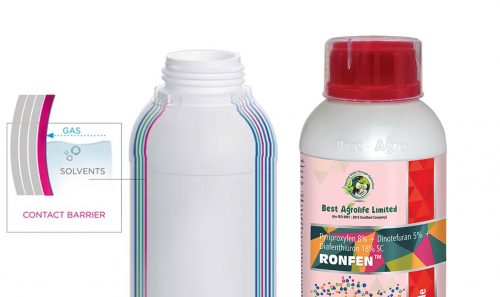
defoliant, A defoliant is any herbicidal chemical sprayed or dusted on plants to cause their leaves to fall off. Defoliants are widely used for the selective removal of weeds in managing croplands and lawns.
insecticide, Insecticides are chemicals used to control insects by killing them or preventing them from engaging in undesirable or destructive behaviors. They are classified based on their structure and mode of action.
paraquat, Paraquat is a toxic chemical that is widely used as an herbicide (plant killer), primarily for weed and grass control. In the United States, paraquat is available primarily as a liquid in various strengths.
fungicide, Fungicides are pesticides that kill or prevent the growth of fungi and their spores. They can be used to control fungi that damage plants, including rusts, mildews and blights.
weedkiller, weedkiller is also named herbicide,Weeds can be very frustrating and extremely difficult to remove, especially without them reappearing. With traditional methods of weed removal proving to be very arduous work in some circumstances there needed to be a more effective alternative.
Weedkillers are chemical-based liquids that are specifically engineered to target different types of weed in the best way possible. Whatever the weeding job that you are trying to tackle, there is a weedkiller that is matched to that job and will do exactly what you need.
herbicide, same as weedkiller.
microbicide, Microbicides are biomedical products being developed to protect healthy people from becoming infected with HIV during sex. Some microbicides are being designed only for women as vaginal products, and others would be rectal products that both men and women could use.
acaricide, Acaricides are pesticides used to kill ticks and mites. Acaricides include chlorinated hydrocarbons (e.g., dichlorodiphenyltrichloroethane; DDT), organophosphorous compounds (e.g., Diazinon), carbamates (e.g., carbaryl), pyrethroids (e.g., permethrin, flumethrin), formamidines, and avermectins.
germicide,
biopesticide, Biopesticides are certain types of pesticides derived from such natural materials as animals, plants, bacteria, and certain minerals. For example, canola oil and baking soda have pesticidal applications and are considered biopesticides. As of August 31, 2020, there were 390 registered biopesticide active ingredients.
Agrochemicals, Agrochemicals are chemical formulations that are generally used to control pests, pathogens, and supplying nutrients to the soil. The use of agrochemicals (growth regulators, pesticides, and fertilizers) has increased the yield and growth of crop and thus providing stability to the agricultural production.
Check this video to see how this 5 layer co-extrusion blow molding machine works on 20L herbicide container with EVOH barrier layer:
